Affiliate links on Android Authority may earn us a commission. Learn more.
Samsung Galaxy Note 10 and Note 10 Plus problems and how to fix them
Published onMarch 12, 2024
Samsung upped its flagship game in 2019 with the Galaxy Note 10 and Note 10 Plus. Both phones remain two of the best Android smartphones you can get today, even though the line has been discontinued. They’re the culmination of Samsung’s improved design efforts during the last few years and are visually striking smartphones. As good as they are, Galaxy Note 10 devices aren’t without their problems. Here’s a roundup of some Samsung Galaxy Note 10 and Galaxy Note 10 Plus problems and potential ways to fix them.
Problem #1: Accidental screen touches
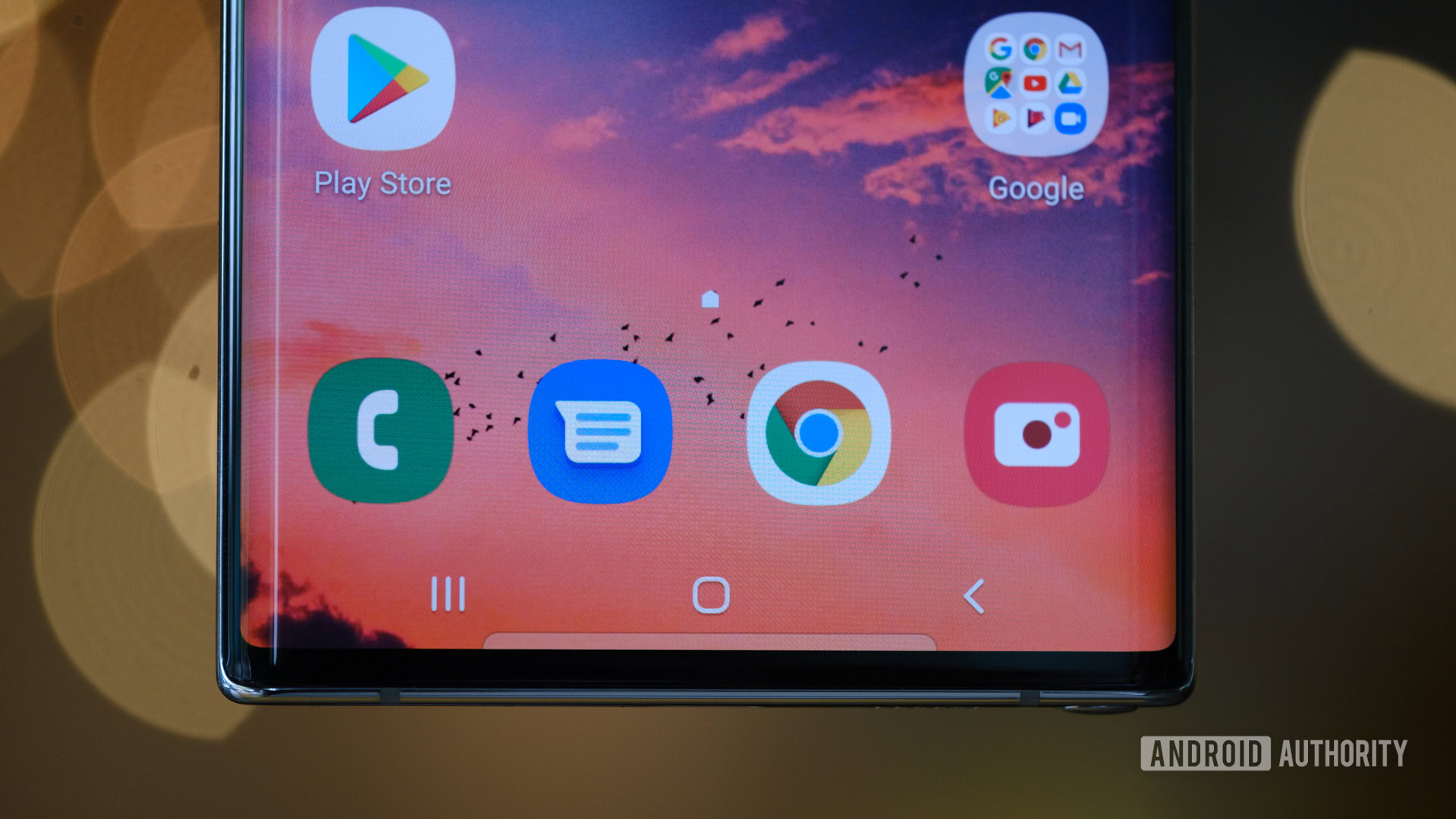
With a huge 6.8-inch display, the Galaxy Note 10 Plus isn’t the easiest phone to hold. Even the Galaxy Note 10 with a smaller 6.3-inch screen is probably too big for some people. Unsurprisingly, many users have encountered accidental screen touches and interactions when finding the perfect grip. Not helping are the curved sides. They look great in pictures but can make accidental screen touches more likely to happen.
Potential solutions:
- Turn on Accidental touch protection with the Display section in Settings.
- Disable the Edge screen.
- Disable the Lift to Wake feature. In the Advanced features section within Settings, tap on Motions and gestures. From there, tap Lift to wake to toggle it off.
Problem #2: S Pen isn’t working
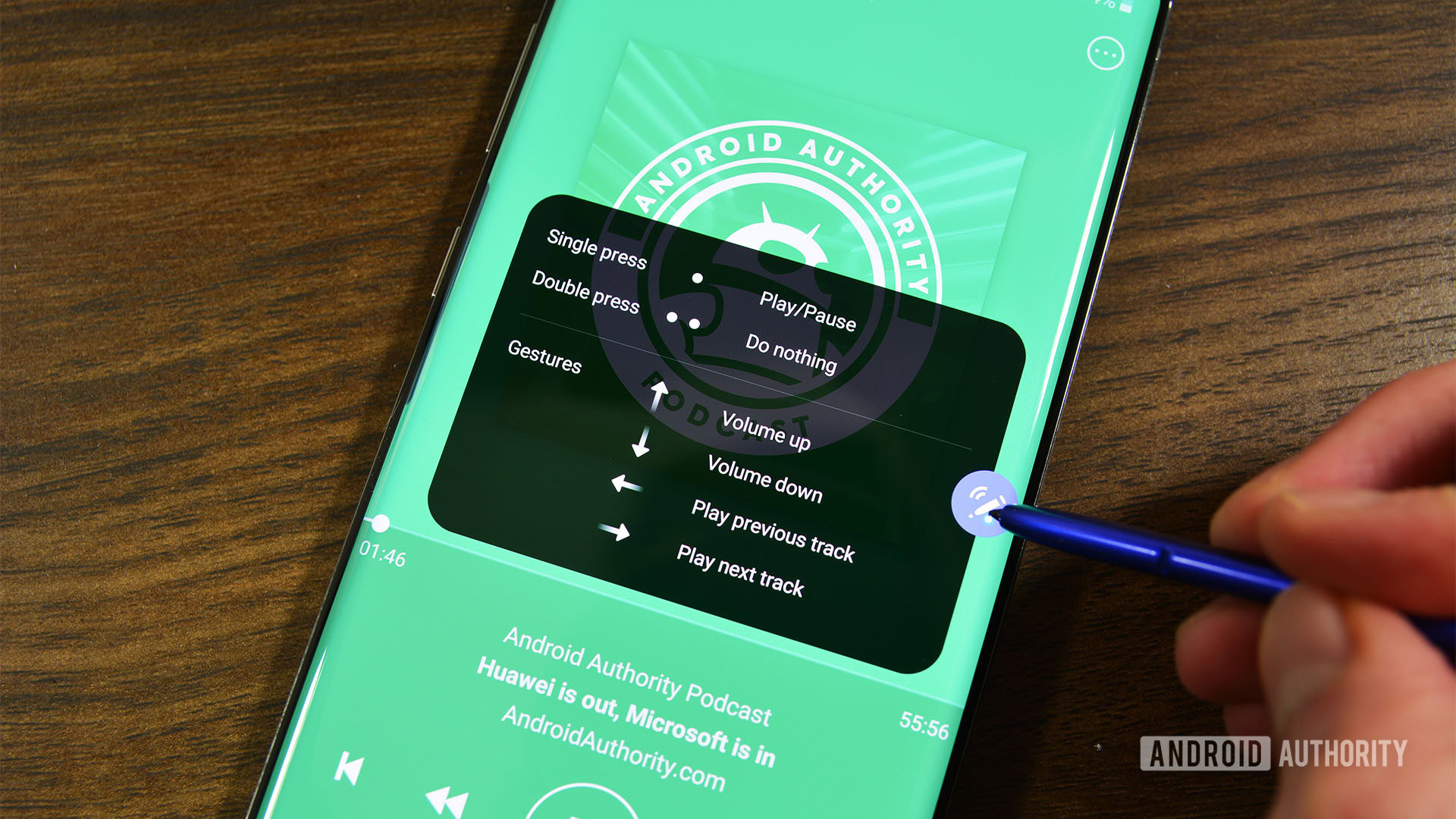
The Galaxy Note 10 and Note 10 Plus’s highlight feature gave the phones their names: The S Pen. The little accessory converted smartphone stylus skeptics into believers, thanks to features like pressure sensitivity, low latency, and more. You can even snap pictures and control media playback with air gestures on the two Galaxy Note phones.
However, some people have had issues with the S Pen. Issues range from the phone not recognizing the S Pen to inconsistent strokes.
Potential solutions:
- Remove the phone case. Some cases might contain metals and magnets, disrupting the connection between the phone and S Pen.
- Remove the screen protector. Even if the phone and S Pen connection is fine, a screen protector could cause inconsistent motion and pressure when using the S Pen.
- Change the S Pen tip. If S Pen strokes are inconsistent, it might be time to change out the tip. Thankfully, the Galaxy Note 10 and Note 10 Plus include several replacement tips for the S Pen.
- Use the S Pen with another compatible Galaxy Note smartphone. This can let you know if the issue is with the S Pen or something else. If you don’t have a second Note device available, visit your nearest carrier store or electronics store.
Problem #3: Apps don’t take up the entire screen
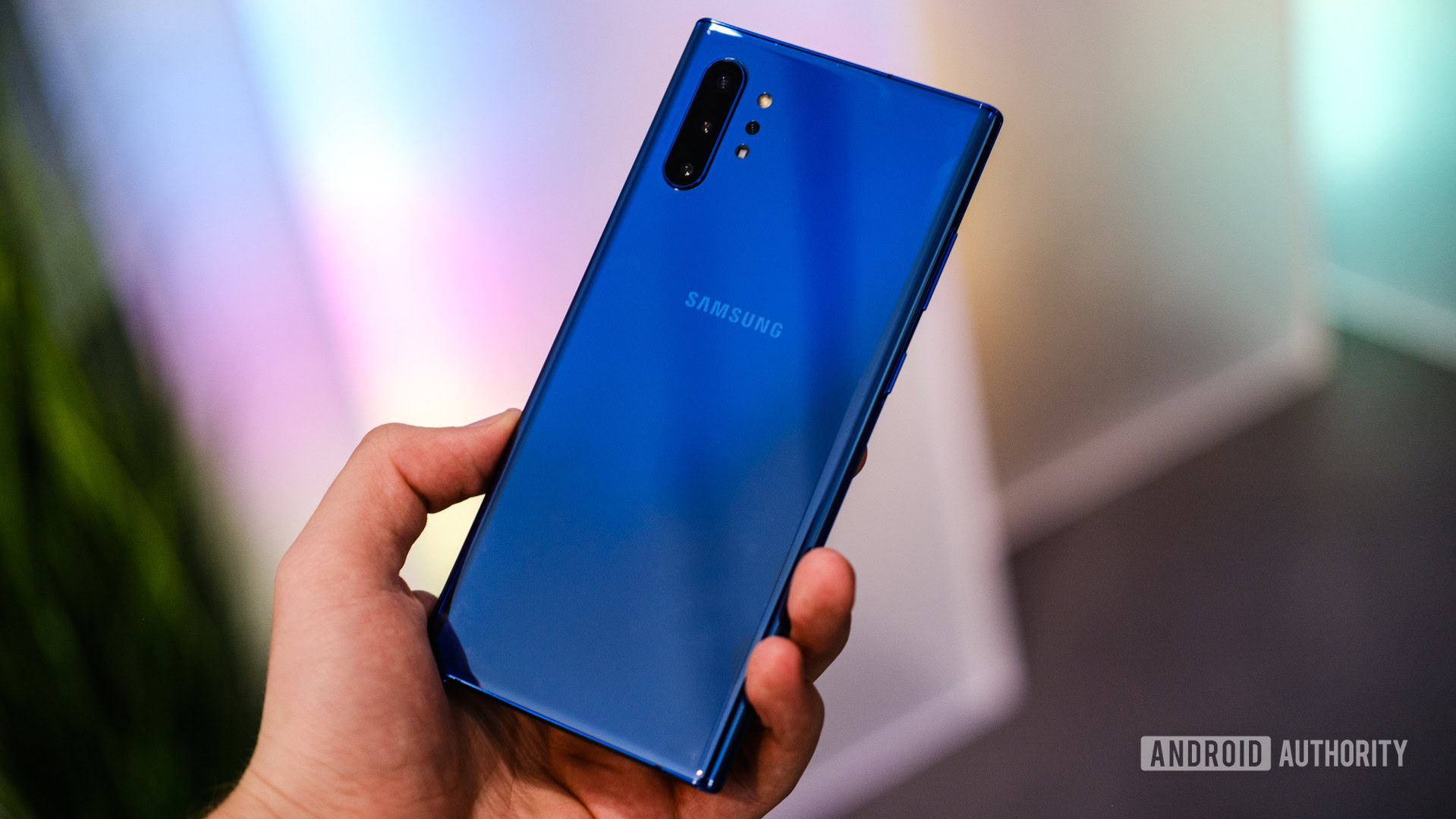
With the move to taller smartphones, app developers thankfully took notice and updated their apps to accommodate the taller displays. However, there are still some apps not taking advantage of the extra real estate. Well-known apps like Facebook, YouTube, Twitter, and more don’t have this issue, but smaller apps might not use the entire display.
Potential solutions:
- In Settings, tap on Display. For any app that isn’t full-screen, tap on the app, and tap Full Screen.
- Any app that doesn’t use the entire screen will have a small pop-up on the bottom of the screen. Tap on it to toggle the app to full-screen mode.
Problem #4: Poor battery life
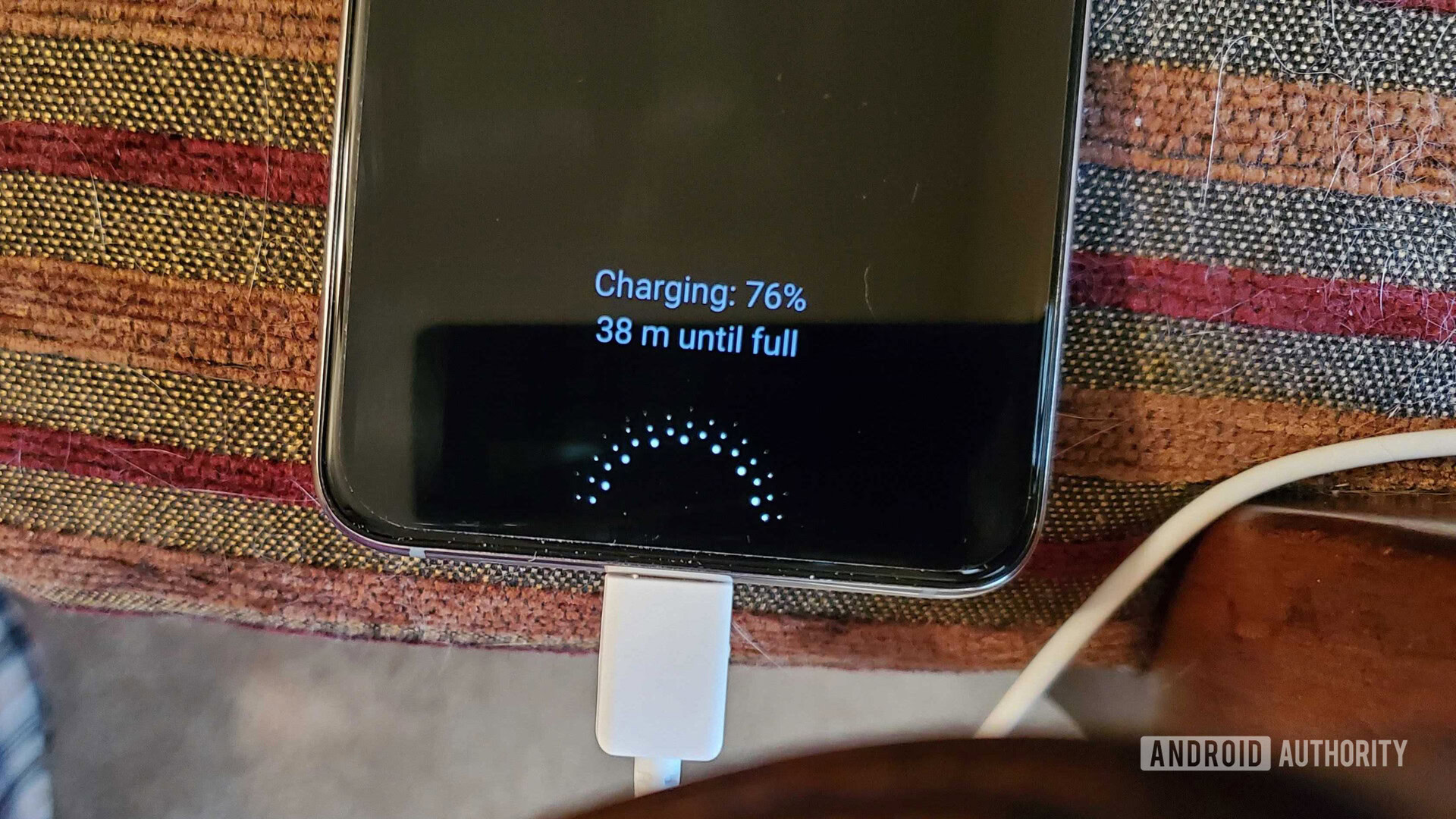
The Galaxy Note 10 and Note 10 Plus feature large batteries to go with their large sizes, but people reported disappointing battery life with the two handsets. The battery draining problem is this could be due to a variety of factors.
Potential solutions:
- Restart your phone. This is a cliche at this point, but you’d be surprised how a simple restart can improve battery life or solve other issues.
- See if an app’s battery usage is abnormal. In Settings, go to the Device care section and tap on Battery usage.
- Each Samsung smartphone includes the company’s battery optimization tool. To use it, go to the Battery section within Settings. From there, tap the apps you want to optimize and tap Save Power.
- Make sure your phone has good signal strength. Poor signal strength means your phone works harder and drains the battery quicker.
- If you bought the phone through a carrier, odds are it came with bloatware. These are carrier-branded apps pre-installed on your phone. You can disable these apps in Settings.
- Enter Safe Mode. This lets you know if your phone’s poor battery life is due to an app you downloaded from the Play Store or elsewhere. You can see below how to enter Safe Mode on the Galaxy Note 10 and Note 10 Plus.
Problem #5: Push notification issues
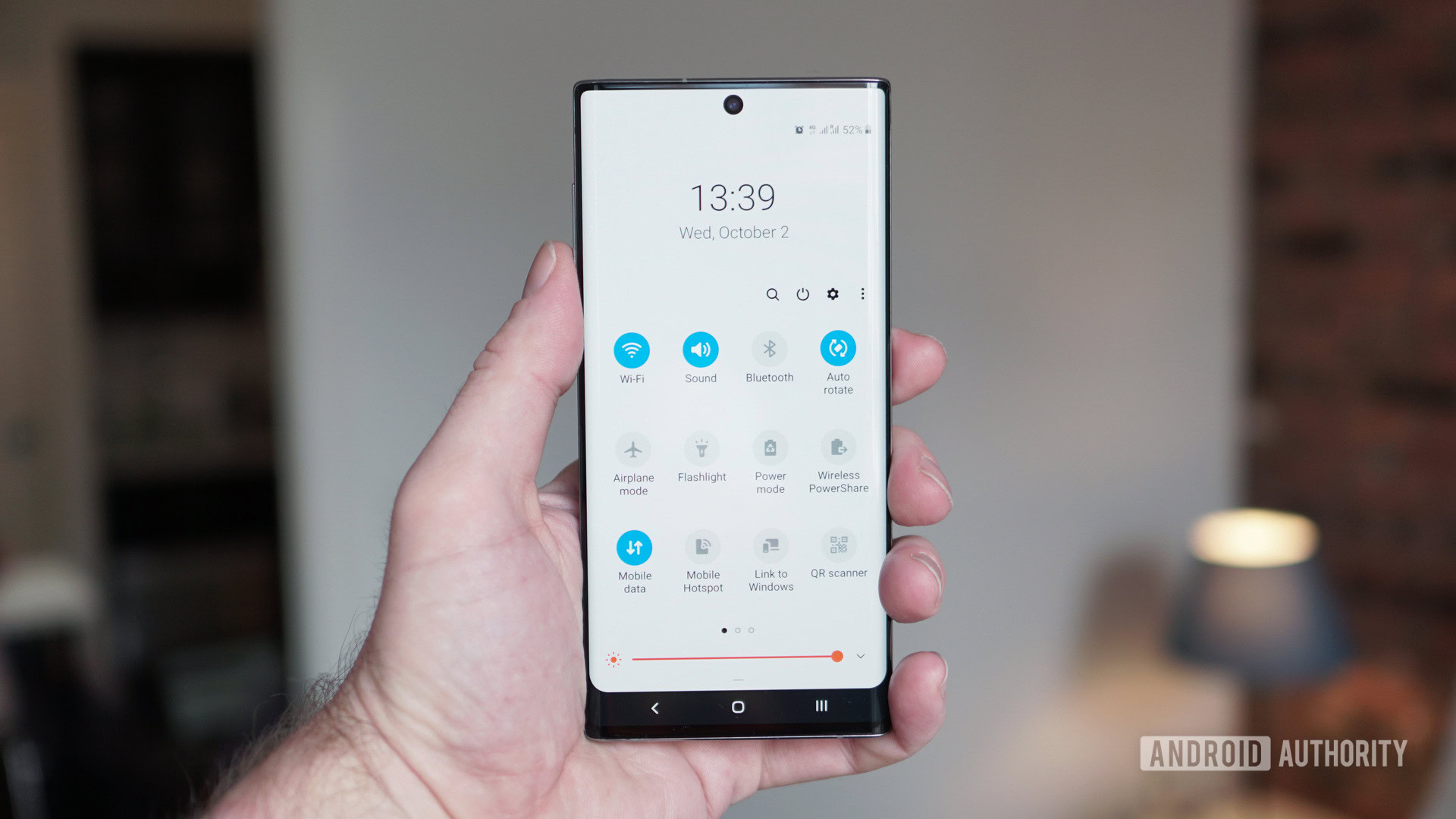
Battery-saving features and aggressive RAM and task management that are baked into every smartphone nowadays are an excellent way to keep the phone running smoothly for as long as possible. However, this can also cause some problems for your Samsung Galaxy Note 10 and Note 10 Plus, particularly when it comes to delayed app notifications.
Potential solutions:
If you notice delayed notifications, you will have to ensure that these apps are not on the “battery optimization” list, so they keep running in the background while you need them. There might be a ding in battery life, but that’s worth it to make sure that you don’t miss anything important.
- Go to Apps–>Configure apps–>Battery optimization–>All apps. Find the apps you see this problem with and disable them.
- If you want to make sure that an app keeps running in the background, you can “lock” the app. Open the app and then launch the Recent Apps page. Tap the app icon and select “keep open for quick launching.” Once done, you can remove it by tapping on the lock icon at the bottom right of the app on the Recents page.
Problem #6: Android Auto issues
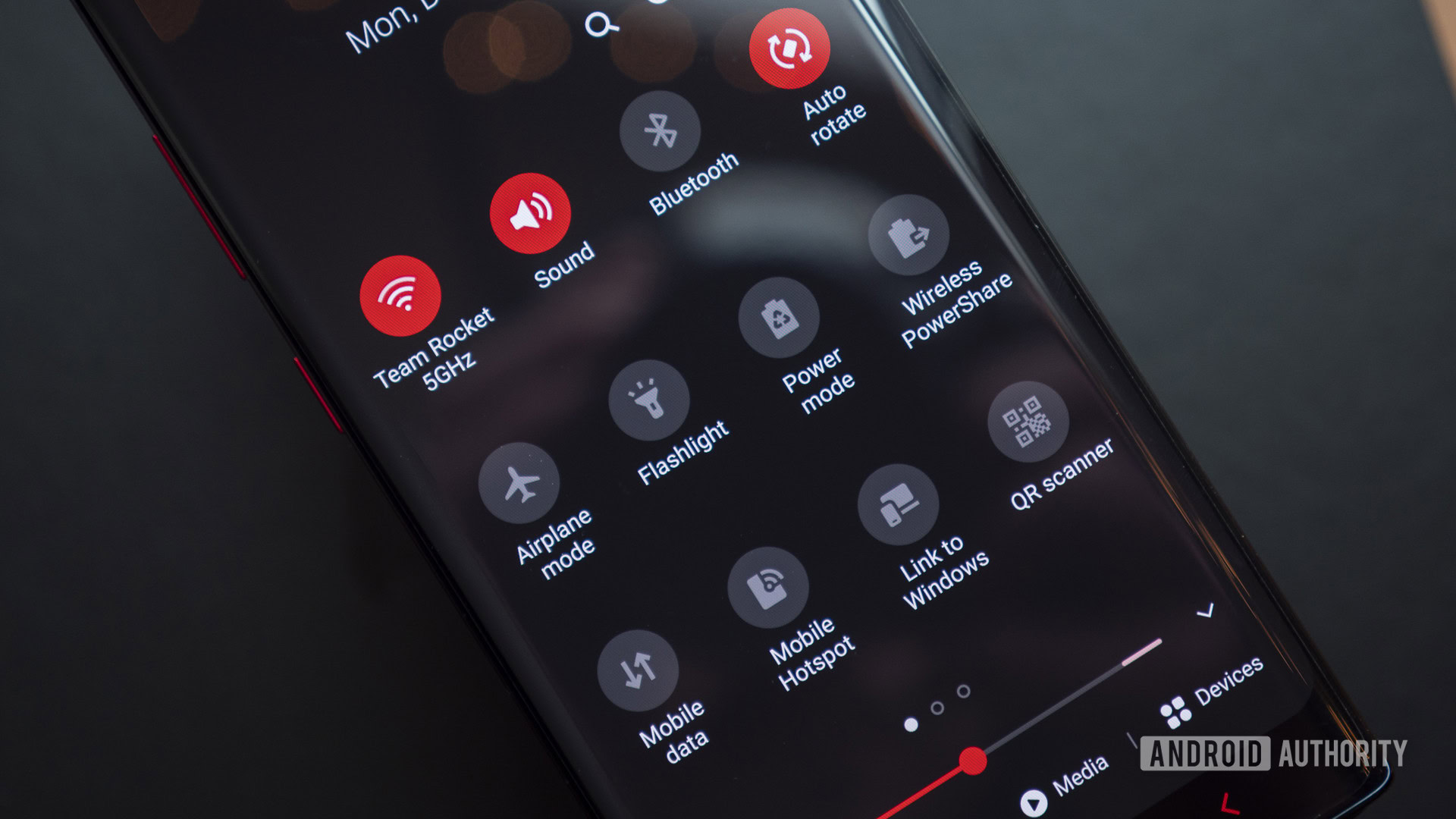
Problems with getting Android Auto to work are common across most phones, and the Samsung Note 10 and Note 10 Plus are no different. Fortunately, there are a few workarounds to get it working as expected.
Potential solutions:
- You might be running into Android Auto connection issues if you used the Smart Switch feature to set up your phone. If that’s the case, find the app in the Google Play Store, uninstall it, and download it again.
- You may notice that you don’t see the Android Auto app in your app drawer anymore (also, the reason why you can uninstall it only by finding it in the Play Store). Ever since the update to Android 10, Android Auto settings are now baked into the phone settings. Go to Settings–>Google–>Device connections–>Android Auto. You will find all the settings here.
- This might also be a hardware problem if you find frequent disconnections. Check the cable that you’re using in the car and replace it if needed.
Problem #7: Issues with swipe gestures
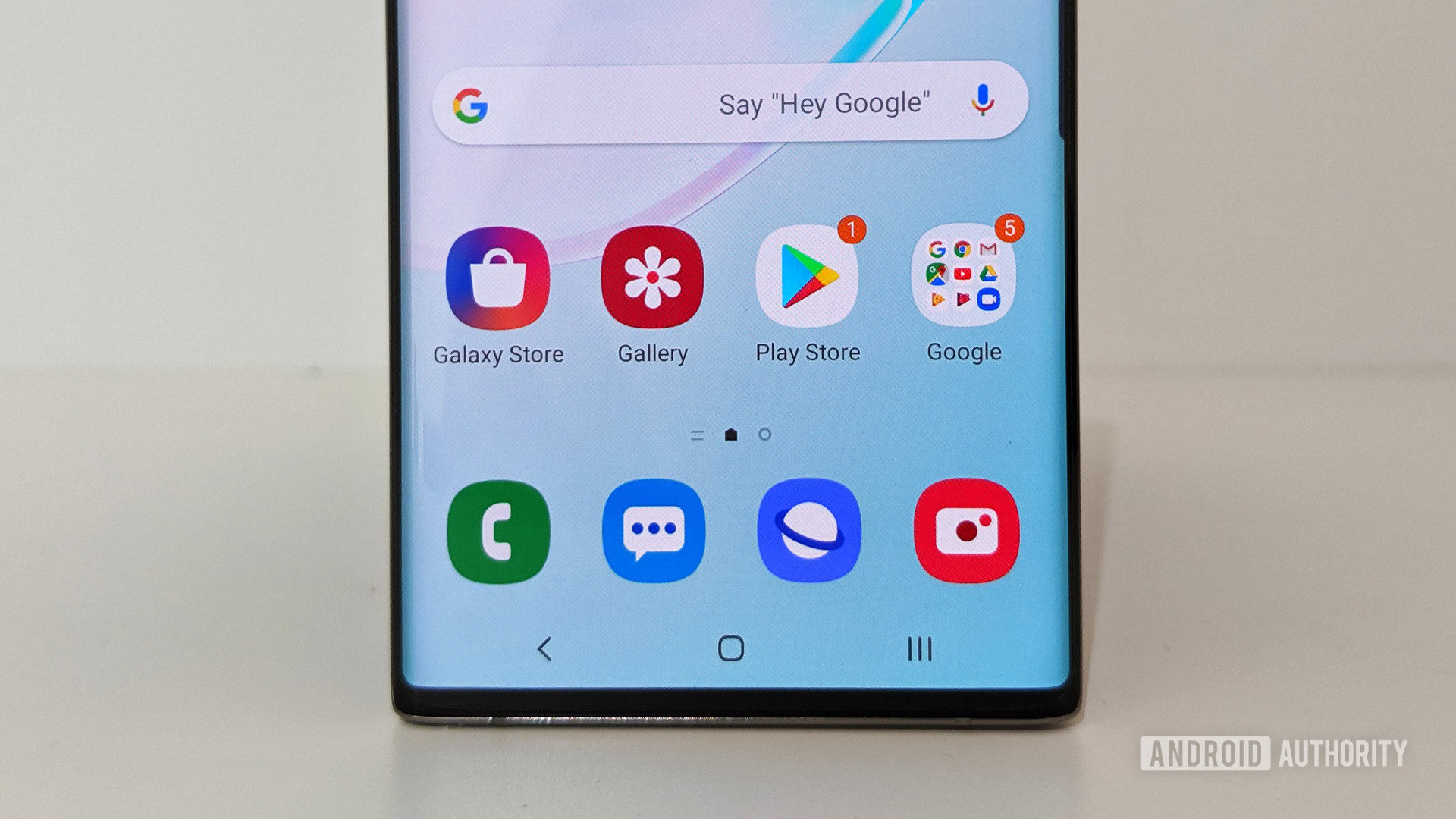
Quite a few users have found that swipe gestures don’t work as expected.
Potential solutions:
- Go to Settings–>Display–>Navigation bar–>More options to find and enable swipe gestures. You might find “More options” greyed out. This is likely because the third-party launcher you are using doesn’t support swipe navigation. In this case, your only option is to switch back to Samsung’s default launcher or find one that supports this feature.
- Some don’t have an issue with the feature itself but with what is possible when using it. Luckily, Samsung has an app available that will let you customize and control how swipe gestures work. Download the One Hand Operation Plus app from the Google Play Store to get started.
Problem #8: “Moisture detected” error
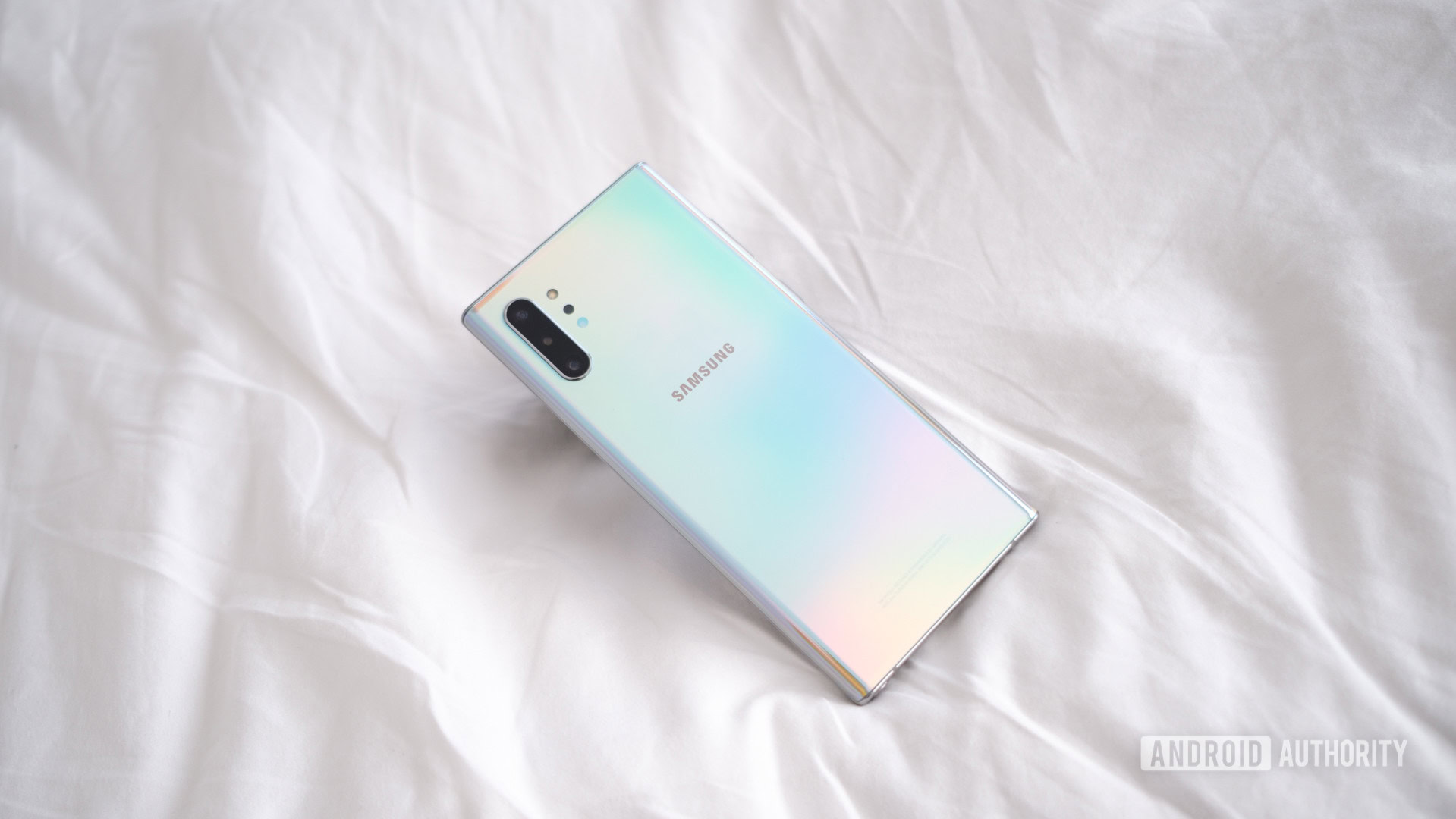
Some users are seeing the “moisture detected” error when trying to charge their phones. The phone doesn’t charge because of this issue. It’s one of the more common Samsung Galaxy Note 10 problems, but you’ll see it on other Samsung devices as well.
Potential solutions:
- If the phone did actually get wet, you’d have to wait a while before you can charge it.
- If you see this error for no reason, make sure that the port is clean. Use dry, compressed air to remove any debris or pocket lint. You can use a pin to clean the port, but be careful and make sure that you don’t scratch anything.
- Try charging the phone when it is powered off. Turn off the phone, plug it in, and turn it back on after a few seconds while connected to the charger.
- If it’s a software issue, go to Settings–>Apps and tap on the menu icon. Open System Apps and scroll down to USB Settings. Tap on Storage and then select Clear Data & Cache.
- A Factory Reset has helped fix the problem for some users. Remember to back up any important data since everything will get erased.
- If you persistently see this problem and nothing else has worked, it might be a hardware problem. Your only option then is to get a replacement.
Problem #9: Issues where the only solution is to wait for a software update or get a replacement
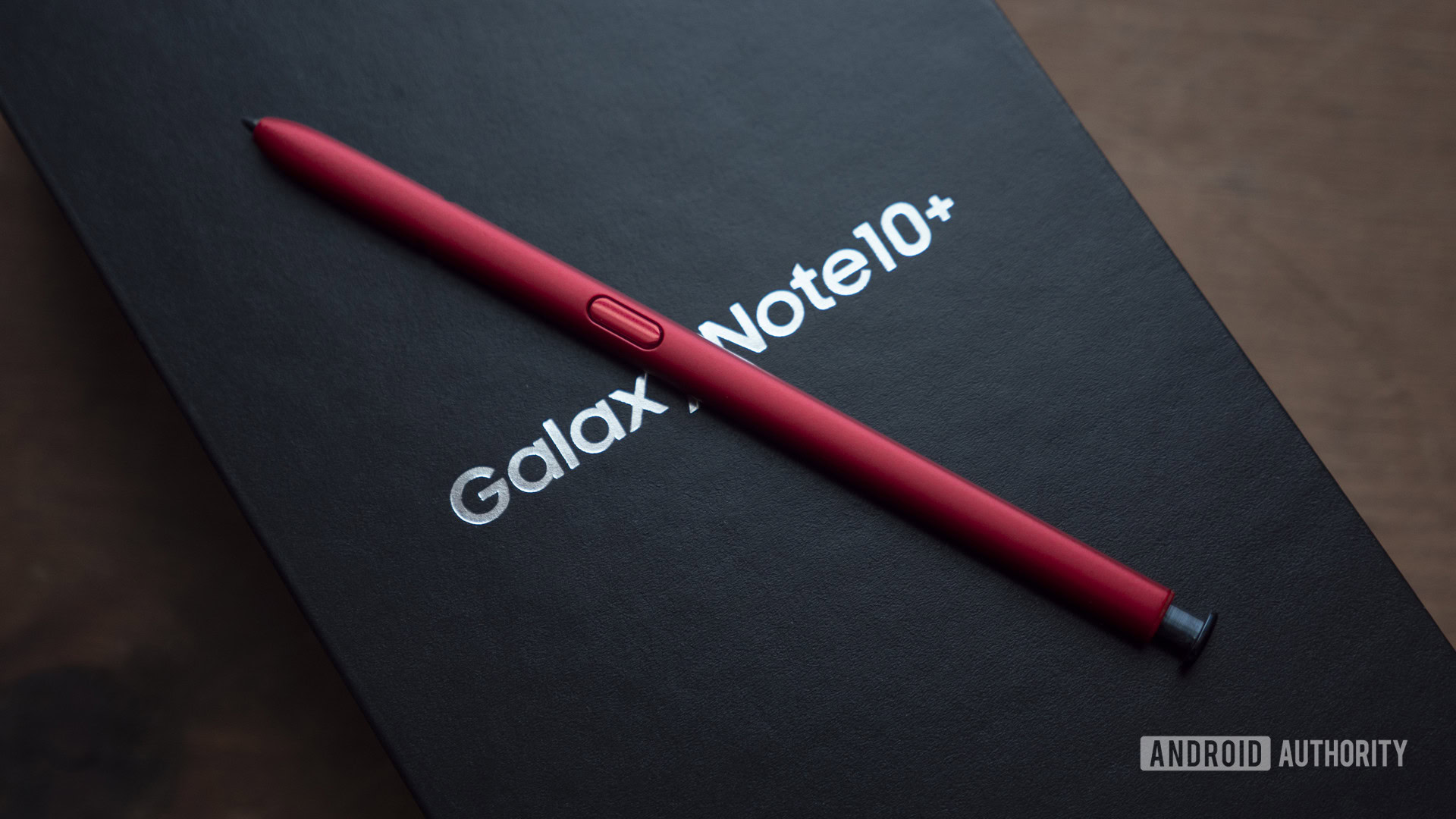
Most Samsung Galaxy Note 10 problems have a simple workaround, and more often than not, a factory reset will do the trick if nothing else works. However, there are certain app and software-related issues where the only option is to wait for an official update. In case of a hardware failure, you might have to get a replacement. This could be a problem since the Galaxy Note 10 is an older device and might be out of warranty.
- Cannot connect to the Galaxy Watch 4: The Samsung Galaxy Watch 4 is an excellent smartwatch if you have an Android phone. However, some users are facing issues connecting the watch to their phones. Galaxy Note 10, Galaxy Note 20, and even OnePlus 7 Pro users have reported this problem. The good news is that a recent (September 2, 2021) update for the Galaxy Wear app seems to have fixed it.
- S Pen not working: Some users are having an issue using their S Pens. You could try standard steps like wiping the cache partition, clearing app data, and performing a hard reset. However, in most cases, this seems to be a hardware problem. You might have to get another S Pen.
Problem #10: Problems with One UI 4 and Android 12
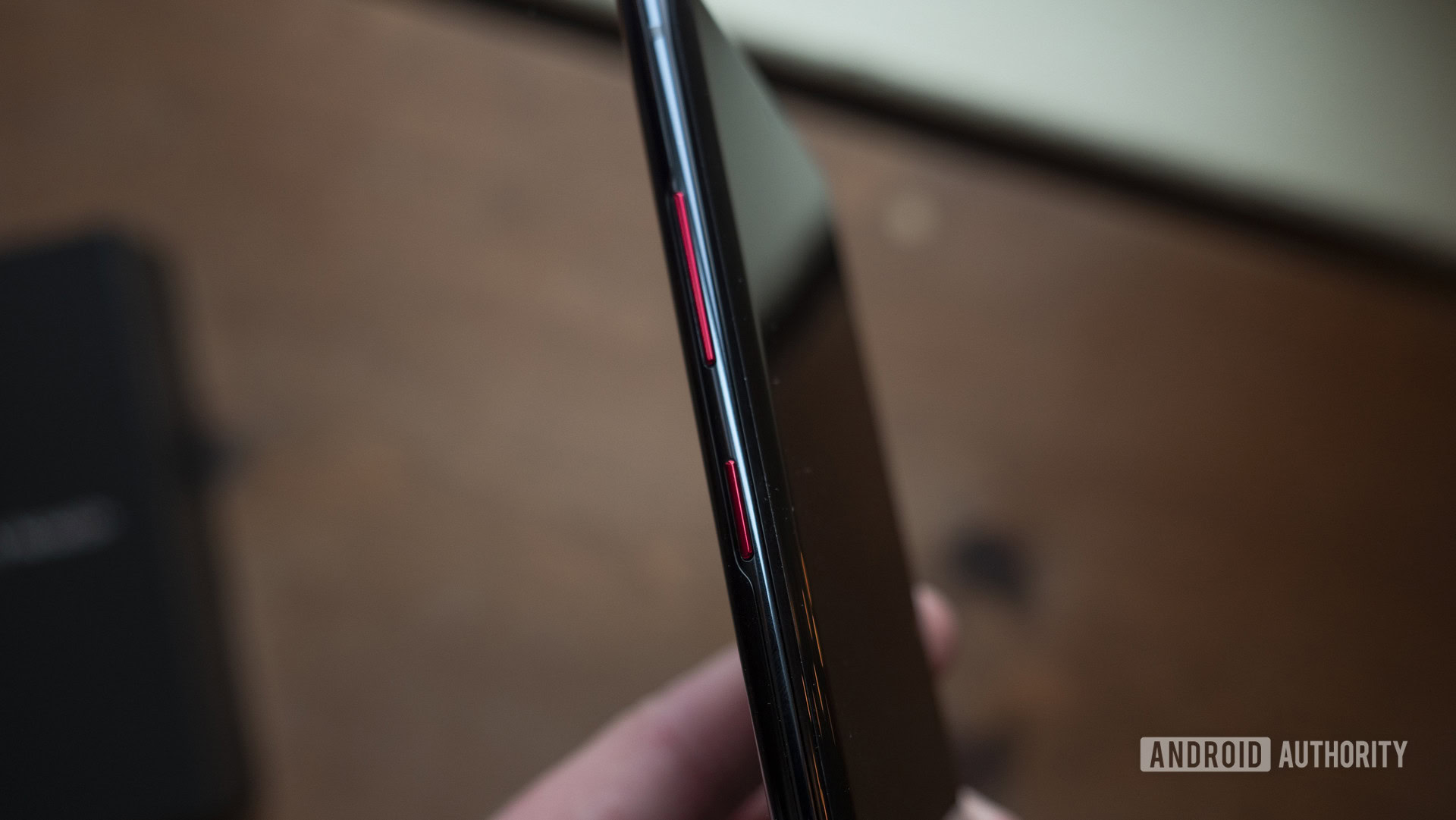
Samsung started rolling out the One UI 4 and Android 12 software for the Galaxy Note 10 series in January 2022. Any major software update brings its fair share of bugs, especially on an older phone. Here’s a roundup of some of the common Samsung Galaxy Note 10 problems that come with One UI 4.
- Device freezing when the home or back button is pressed: Galaxy Note 10 owners say that the phone freezes when they press the home or back button. Users say that activating swipe gestures and then switching back to button navigation fixes the problem. Go to Settings–>Display–>Navigation bar–>Swipe gestures on. Restart the phone, and then go back to button navigation.
- Gmail and VPN apps don’t work with Microsoft Intune: This is a known issue that is affecting all Samsung devices running Android 12. Samsung has a solution that Microsoft is yet to approve. But Microsoft has mentioned potential workarounds that have worked.
- VoLTE not working: Many Galaxy Note 10 Plus owners say that VoLTE isn’t working on their phones. This issue doesn’t have a workaround yet, so the only option is to wait for a software update.
- Auto-rotate not working: This is another issue that is affecting all Samsung devices with One UI 4. Toggling the auto-rotate option temporarily fixes the problem. In more extreme cases, users say that they needed a factory reset to fix it.
How to soft reset, hard reset, and boot into Safe Mode

Soft reset the Galaxy Note 10/Note 10 Plus
- If the screen is responsive:
- Press and hold the power and volume down buttons, then tap Power off twice.
- You can also swipe down to open the notification panel, tap the Power icon next to the Settings cog, and tap Power off.
- If the screen is unresponsive:
- Press and hold the power and volume buttons for about 10 seconds.
Hard reset the Galaxy Note 10/Note 10 Plus
- Turn the phone off.
- Press and hold the volume up and power buttons.
- Release both buttons when the green Android logo appears.
- Press the volume down button to toggle the selection to Wipe data/factory reset.
- Press the power button to select Wipe data/factory reset.
- Use the volume down button to toggle the selection to Yes – delete all user data settings.
- Press the power button to select Yes – delete all user data.
- Once the reset is finished, press the power button to select Reboot system now.
Boot into Safe Mode
- Turn the phone off.
- Press and hold the power button past the Galaxy Note 10 or Galaxy Note 10 Plus name that appears on the screen.
- Once Samsung’s logo appears, release the power button and immediately press and hold the volume down button.
- Continue to hold down the volume down button until the phone finishes restarting.
- Let go of the volume down button when you see Safe mode on the screen’s bottom-left corner.